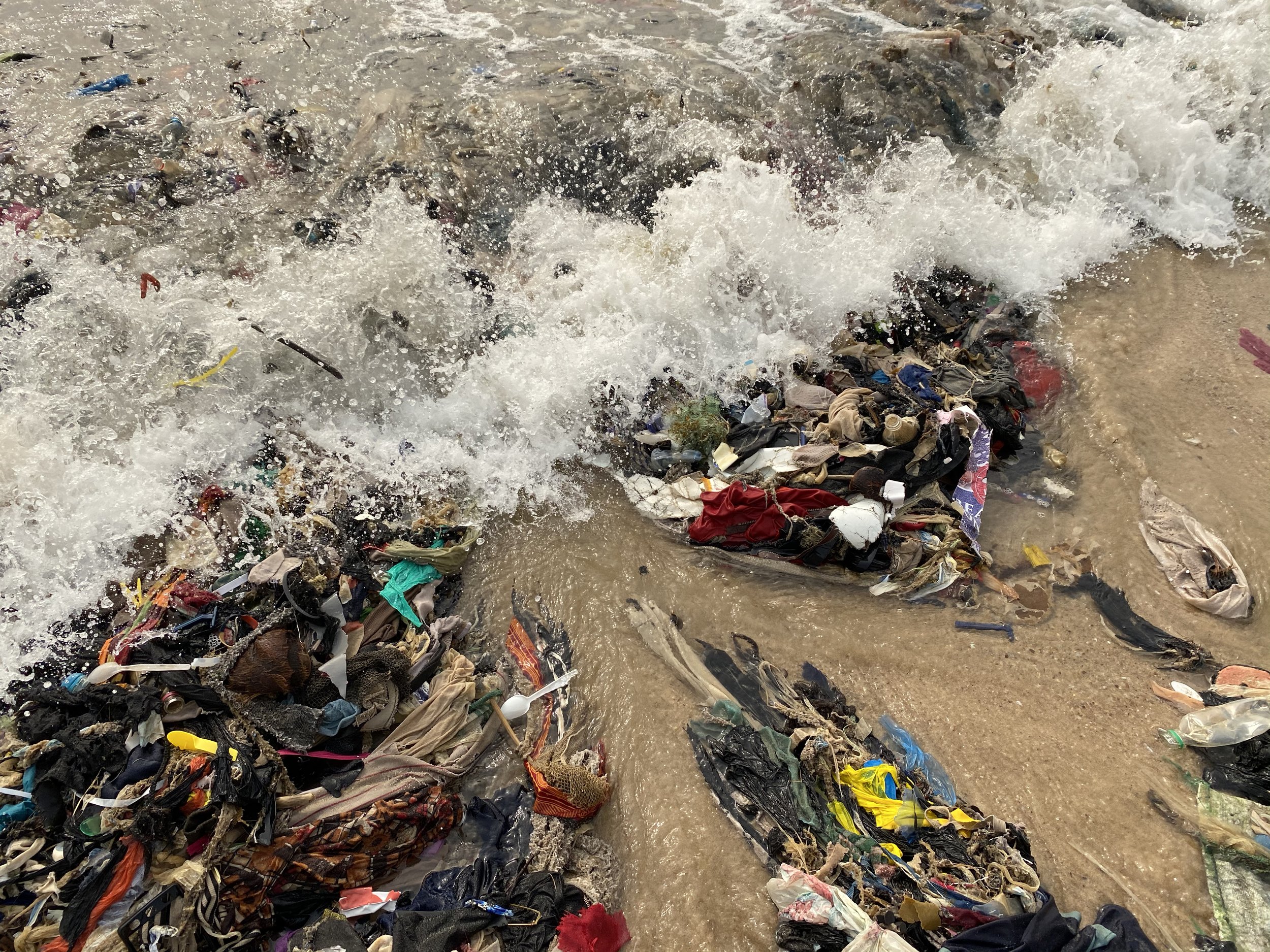
ACTION
Accelerating the transition to a circular economy in fashion requires substantial and urgent action from all stakeholders. It is no longer a question of if the industry will adopt circular strategies but how.

KEY ACTION AREAS:
-
To unlock the huge potential of textile-to-textile recycling, large scale investment is needed globally throughout the value chain, but particularly in collection and sorting. Funding and optimizing these operations enables all other technologies to scale at the necessary rate and benefits all levels of a functioning circular economy from resale, repair and recycling.
WATCH HEY FASHION! EPISODE 01: SCALE SORTING -
Enabling recyclers to rapidly scale proven technologies from pilot to commercial scale will help minimize textile waste from entering landfill or becoming a product of lesser value.
Supporting all types of recycling, from established mechanical recycling infrastructure to emerging new technologies, and considering all generated waste from post-industrial to post-consumer will help promote a resilient circular economy for textiles
WATCH HEY FASHION! EPISODE 02: INVEST IN RECYCLING -
An average of 100 billion units of clothes are estimated to be produced yearly and the fashion industry has an annual growth rate of 2.7%.
This means that total resource consumption currently outstrips all circularity efforts. Reducing production and consumption of new clothing is necessary to reduce virgin resource extraction and achieve absolute emissions reductions targets.
WATCH HEY FASHION! EPISODE 03: MAKE LESS, BUY LESS -
Achieving circularity will be beyond any one stakeholder — collaboration throughout the value chain is essential to deliver well functioning circular systems which are inclusive of a broad range of perspectives and cultivate robust, mutually beneficial partnerships
WATCH HEY FASHION! EPISODE 04: WORK TOGETHER -
Creating products within a circular economy requires a new, holistic approach to design. Longevity and cyclability are the key tenets.
Quality garments capable of longer life spans, constructed with repair in mind, and ultimately in ways that make recycling or composting viable once discarded.
WATCH HEY FASHION! EPISODE 05: DESIGN TO LAST, DESIGN TO RECYCLE -
Effective, well designed legislation can help regulate industry standards, ensure brand accountability and reduce the probability of greenwashing.
Universal definitions and standards for circularity will support smoother cross-sector collaboration, while enabling progress to be better monitored.
WATCH HEY FASHION! EPISODE 06: DEFINE AND STANDARDIZE -
Divesting from fossil fuel is essential to achieve net zero emissions and build a net positive circular fashion industry. Over 90% of greenhouse gas emissions come from brands’ supply chain operations, and they must be supported to transition to clean energy.
Phasing out virgin fossil fuel derived fibers and investing in solutions to handle synthetic textile waste will help mitigate the impacts of their use.
WATCH HEY FASHION! EPISODE 07: LEAVE FOSSILS IN THE GROUND -
A circular economy is regenerative by design. It's success needs framing through the health of communities and ecosystems, measured through triple bottom-line accounting.
By calculating the true cost of materials and valuing waste as a resource, the human and environmental impact of their production.
WATCH HEY FASHION! EPISODE 08: PEOPLE, PLANET, PROFIT
“EVERYONE CAN DO SOMETHING TO MAKE A DIFFERENCE, AND THE TIME IS NOW.”
— Eileen Fisher, founder of EILEEN FISHER, Inc. and the Eileen Fisher Foundation

